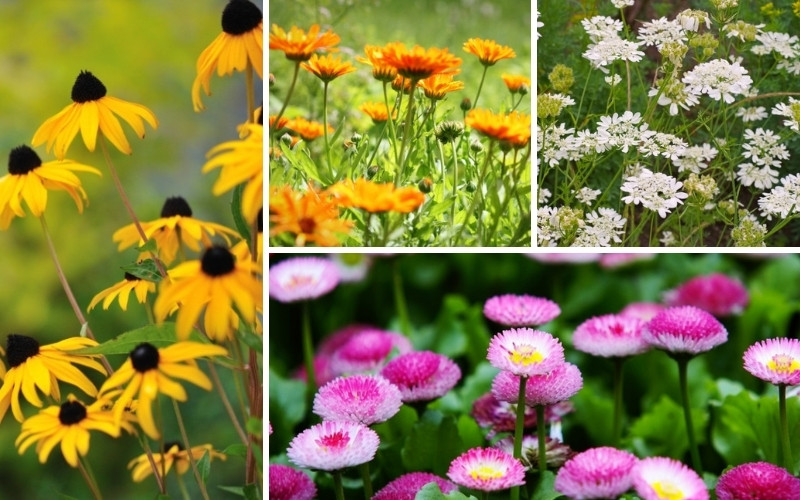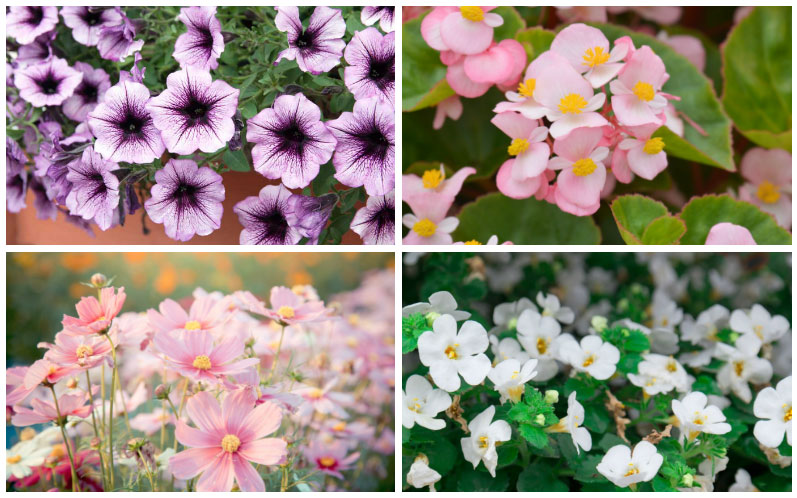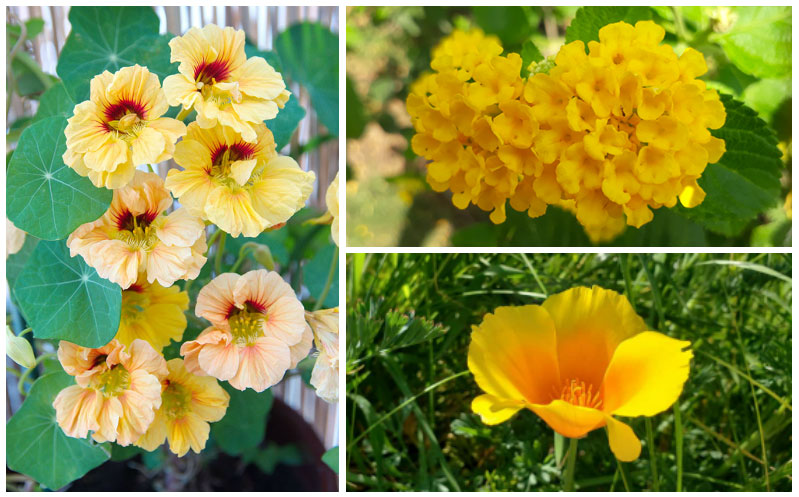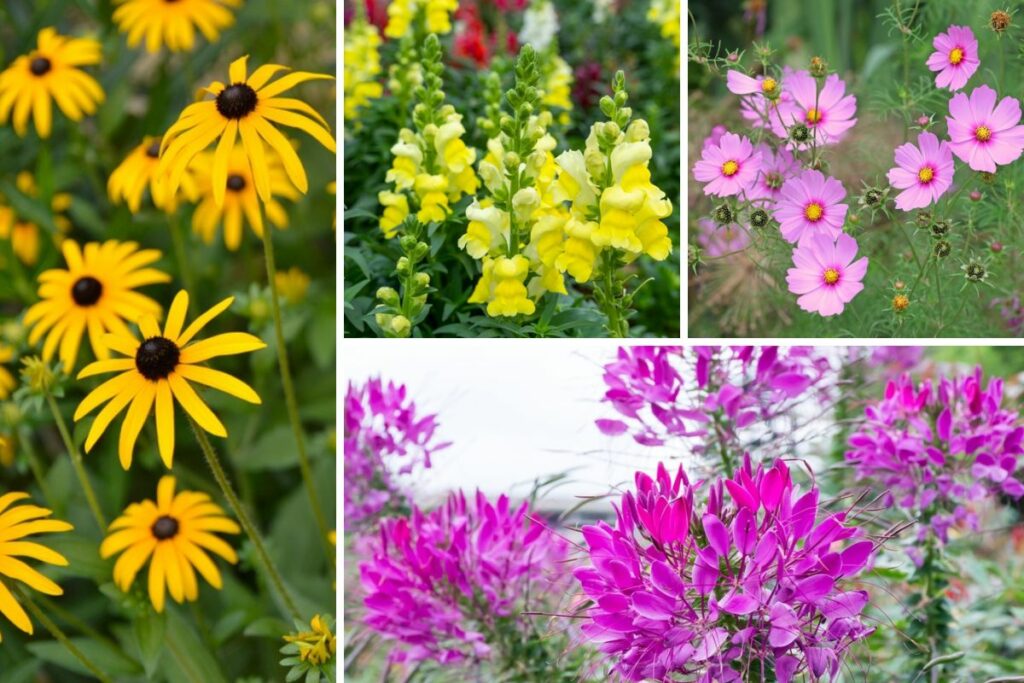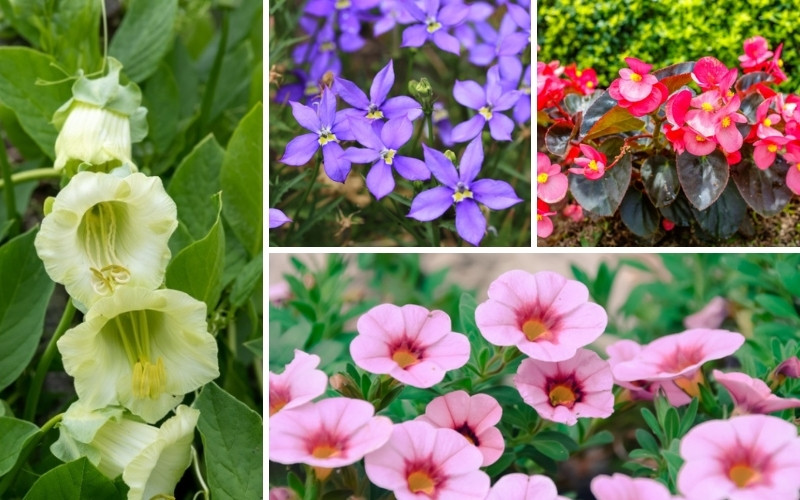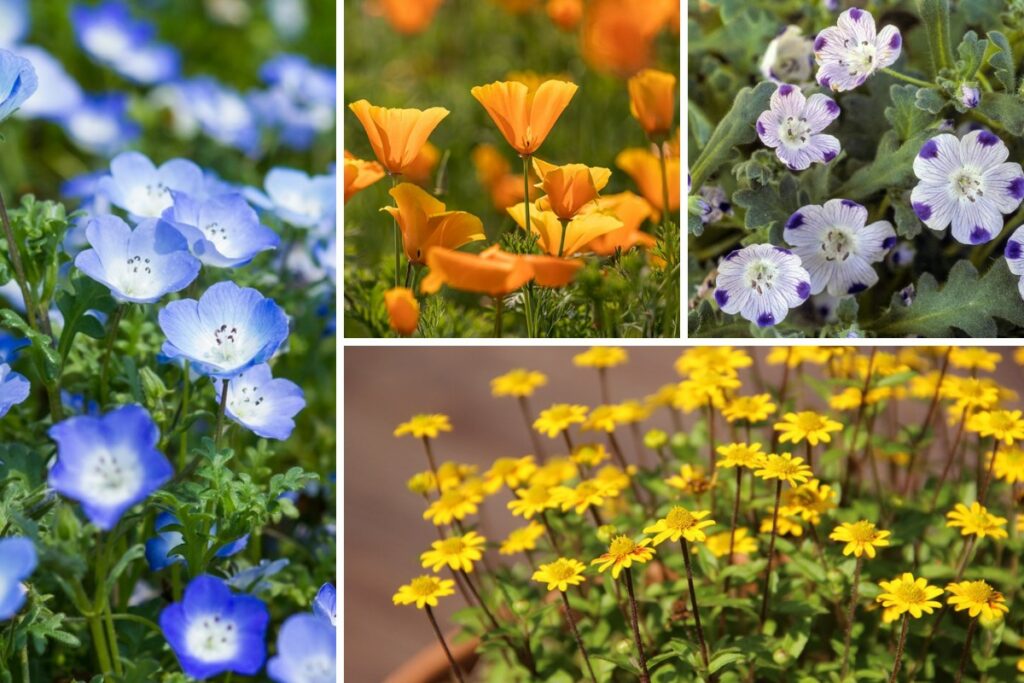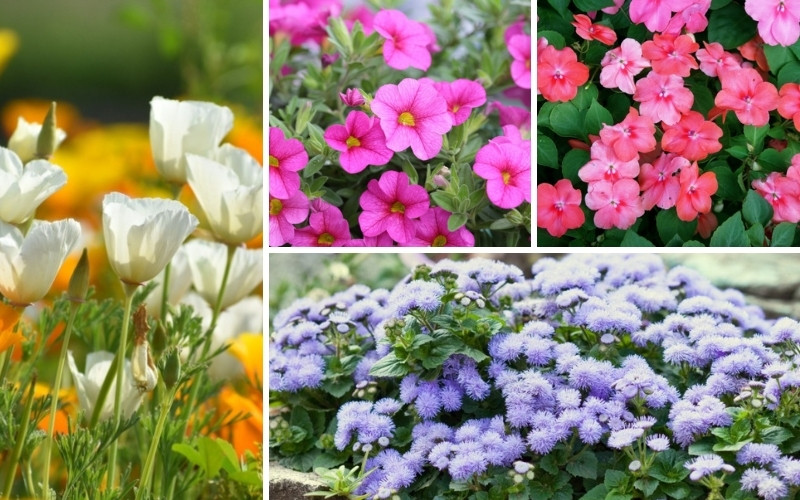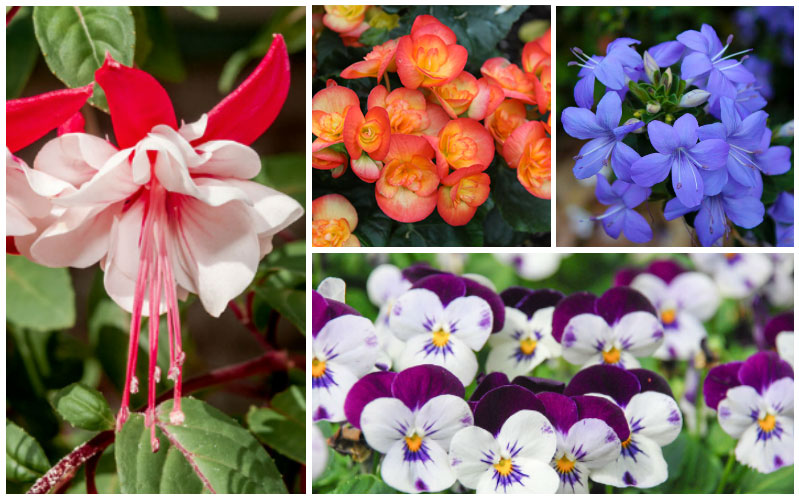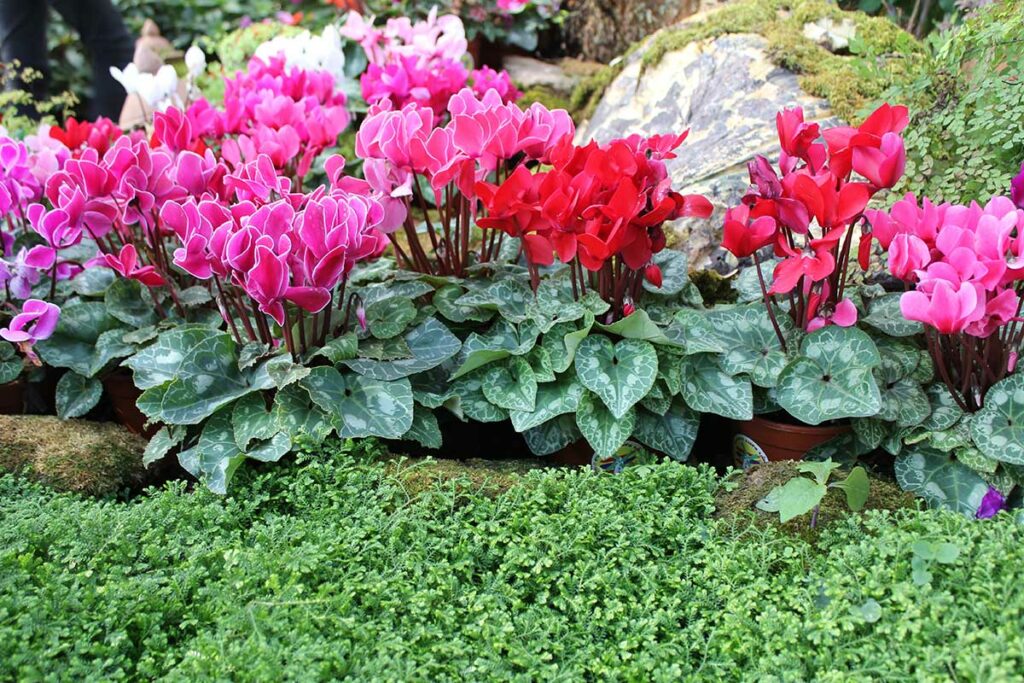
Many gardeners dread the long winter months because they think that they must stop gardening. Depending on where you live, some beautiful plants bloom in the winter.
As with any plant that you put in your landscaping, it is essential that you check the plant’s growing requirements, such as light, soil type, and temperatures, to pick the right plant for your space.
Consider these ten favorite winter-blooming Annuals for this year.
Pansy
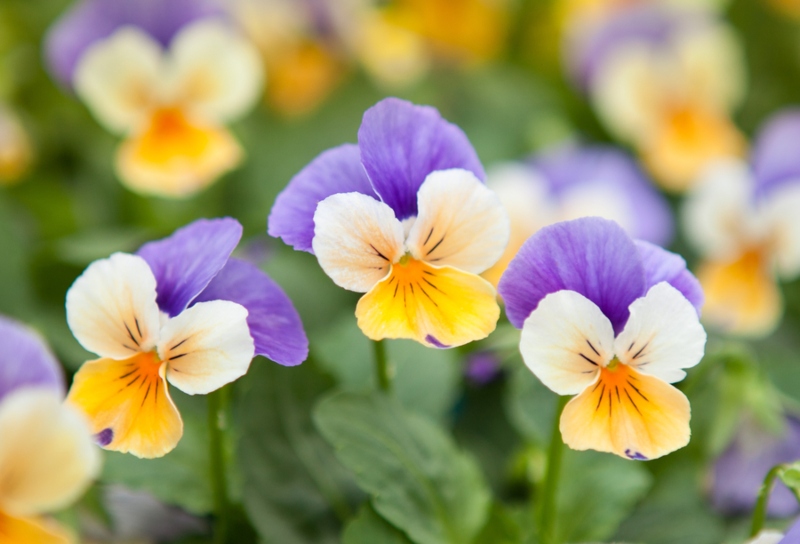
Plant pansies in the fall, and they will reward you with blooms in the late winter in zones 6 to 10. You can find this flattened face-like flower in a variety of different colors. If you live in the northern part of this plant’s growing zone, then choose shorter types as they will handle the cold better than taller choices.
Calendula
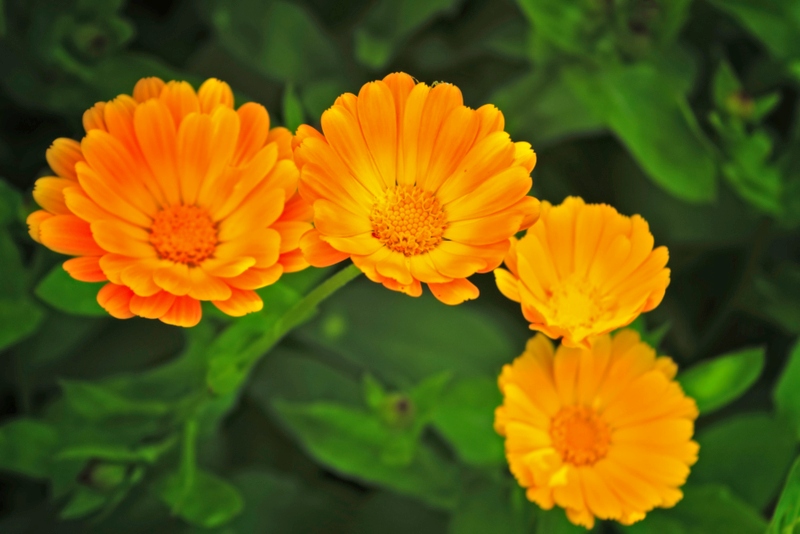
Calendulas love cold weather and will bloom until the hot days of summer return. It is not, however, frost-tolerant, so if you live in a zone where it gets cold enough to freeze, plant it in a pot so that you can bring it in on the coldest days. Choose a sunny spot for this flower where it will get at least six hours of sun daily, and it will reward you with beautiful yellow or peach blooms.
Dianthus
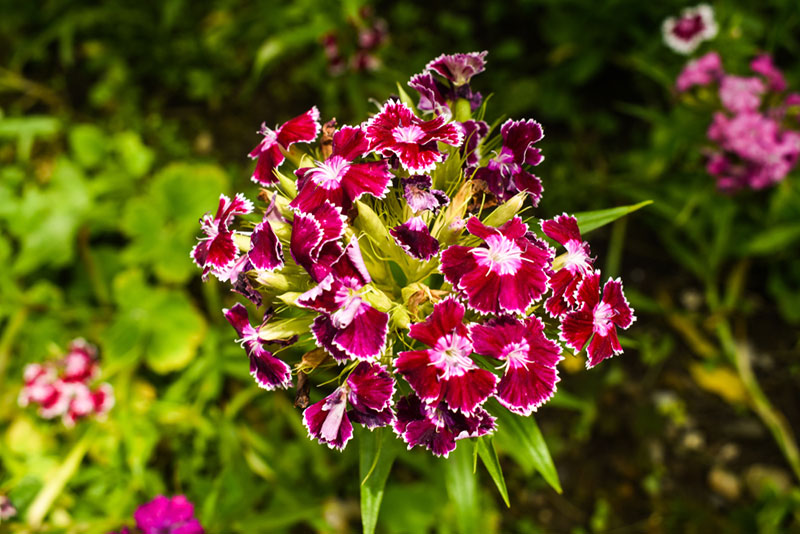
Often called sweet william, you will love these flowers that are available in several different colors with reds and pinks being the most popular. This choice for gardeners in zones 6 to 9 often will keep blooming until summer. Then, you should cut them back by about one-third, and they will bloom again in the fall or dig them up and plant new ones when the days start to turn chilly.
Snapdragon
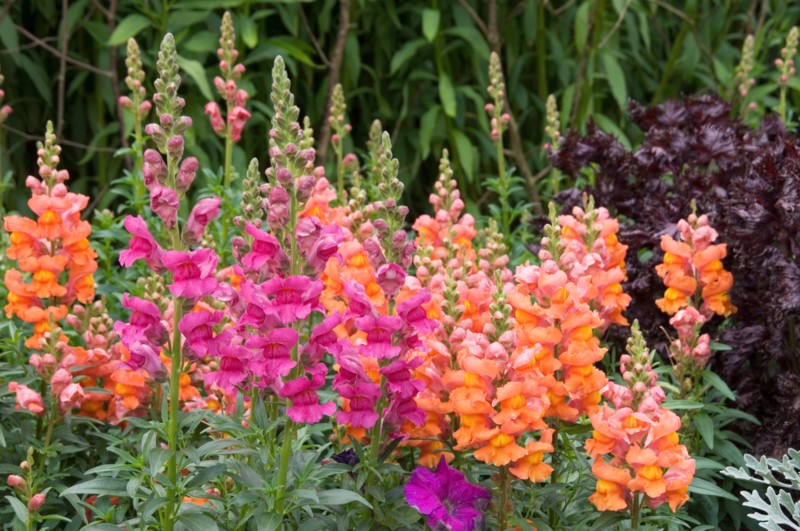
You may need to mulch around snapdragons in the winter to help them overwinter in zones 7 to 10. This plant that can grow up to 4-feet-tall produces dragon-shaped, tubular, two-lipped, closed flowers. Since this plant is susceptible to mold, it needs to be planted in an area that drains well.
Sweet Alyssum
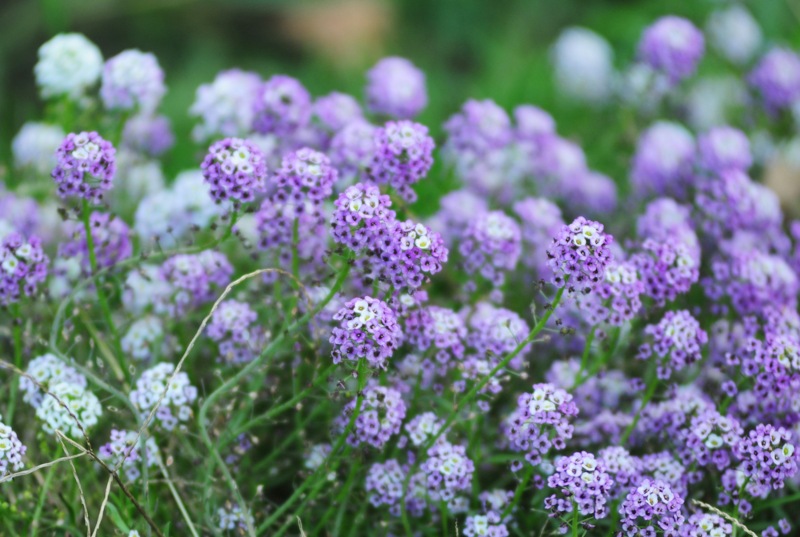
If you live in zones 5 to 9, then sweet alyssum may be the perfect winter bloomer for you. Sow this seed directly into the ground in late August, and you will have dense white clusters of sweetly fragrant, tiny, white four-petaled flowers throughout the winter. Once the weather warms up, this plant will stop growing, and you should prune it back by half.
Cyclamen
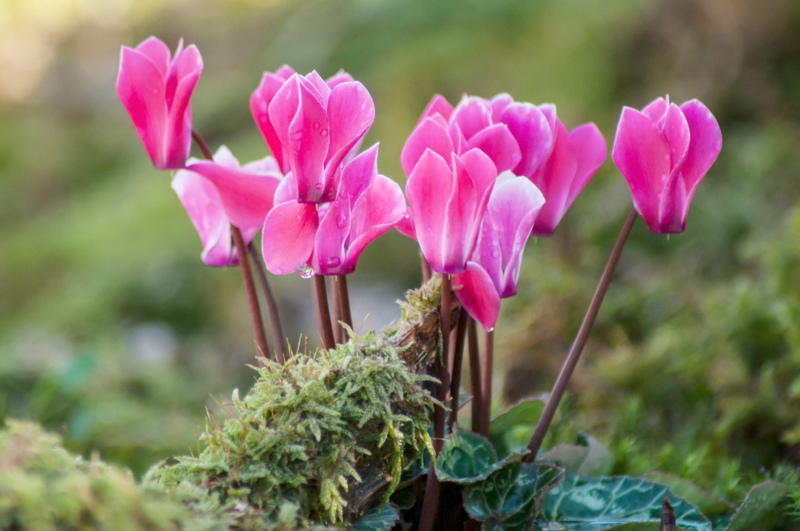
Gardeners in zones 9 to 11 looking for a showy winter flower will want to consider the cyclamen. This plant that blooms throughout the winter puts on a solitary flower that is red or pink in November and will keep blooming until April. It needs regular feeding and watering while it is blooming, but once it is done, then stop feeding and water it infrequently.
Swiss Chard
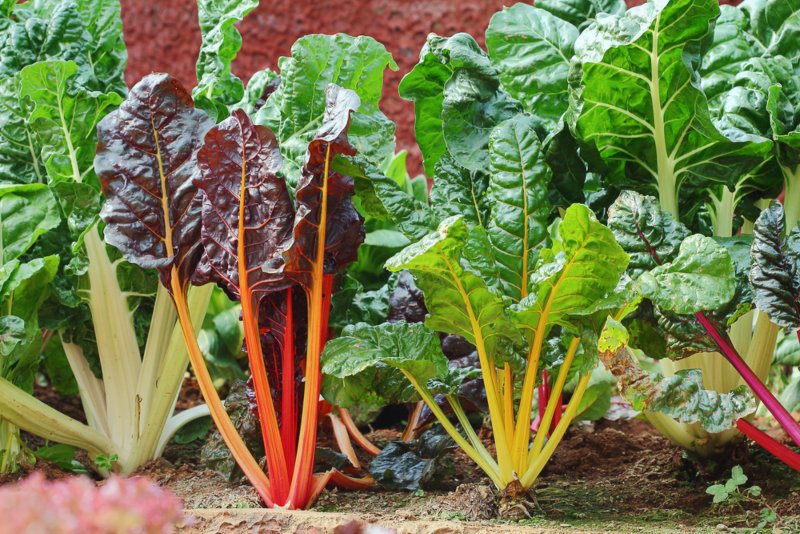
Swiss chard grows up to 24-inches-tall in zones two to 11, so almost everyone can grow this winter bloomer as an annual. In warmer zones, it can be raised as a perennial. It produces small green flowers in its second year, but it is mainly grown for its bright green leaves.
French marigold (Tagetes patula)
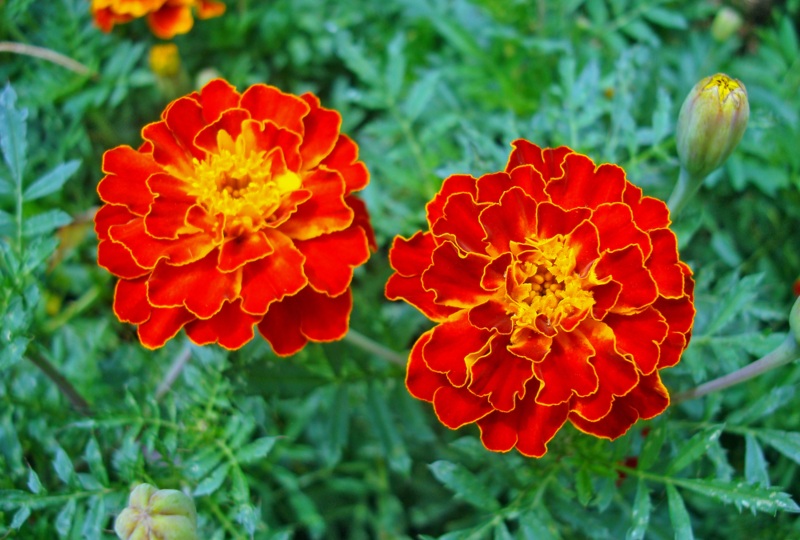
French marigold is a compact annual that blooms from June to the first hard frost. Single, semi-double, double, or crested flowers are all available to growers in zones 2 to 11. Most plants produce yellow or orange flowers, but red and purple options are also available. French marigolds are susceptible to powdery mildew, so be sure to water this plant that loves to be consistently wet from the ground.
Nemesia
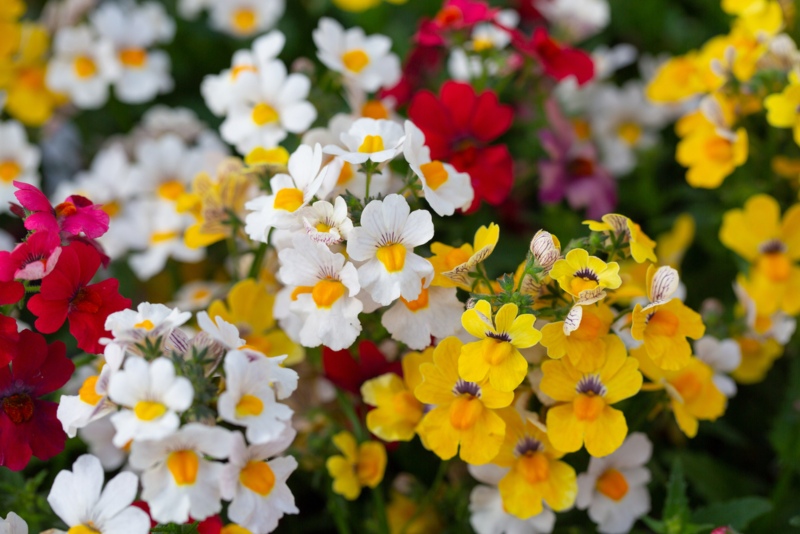
Nemesia thrives in zones 2 to 11, but you need to provide some afternoon shade, except in the coldest climates. Plant this option in humus, evenly moist, well-drained soils, and be rewarded with two-lipped tubular flowers in late winter and early spring. Almost all colors are available, and this option may start blooming again when temperatures cool down in the fall.
Sweet Pea (Lathyrus odoratus)
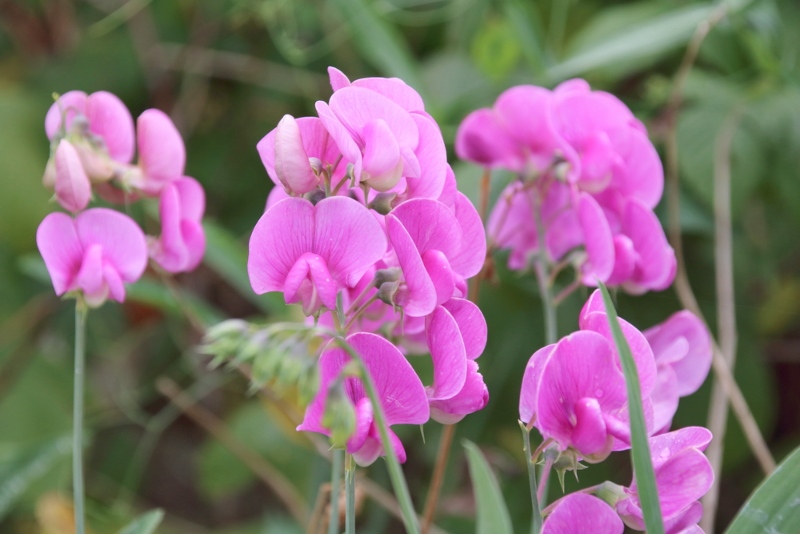
You can choose to grow sweet peas as a bushy plant or as a climber with proper support. This sun-loving plant thrives in zones 2 to 11. Deadhead the flowers after they bloom to encourage new blooms to appear. Fragrant, keeled flowers have traditionally been purple, but you can now find sweet peas in various colors. You can also find varieties that grow to be varying heights, so one may be perfect for you.





